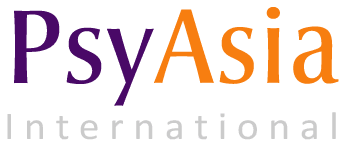A Training Needs Analysis is usually conducted as a precursor to establishing training and development programs within an organization. A training needs analysis allows organizations to assess their employees and address any potential gaps that may impact effectiveness and performance. These potential gaps relate to differences between current work performance and the desired level of work performance. By assessing these differences, an organization can develop training and developmental programs and enable the employees to achieve the desired level of work performance.
A training needs analysis can be conducted at three distinct levels. Firstly, at the organizational level. This focuses on organizational factors that influence the need for training and development as well as assessing the organization’s capability to provide training and development. The second level focuses on position specific information regarding the qualities necessary for optimal performance and this would allow the organization to clarify expectations regarding the desired qualities for that position. The final level focuses on the individual and provides information regarding the performance of the position incumbent and assesses the specific areas that could be improved through training and development.
By gathering information at these different levels, an organization can identify which employees require further training or development as well as ascertain the specific skills, knowledge, abilities and other qualities that should be addressed through training and development. This would allow them to implement tailored training and development programs or solicit the aid of third party training providers within the capabilities of the organizational budget or resources.
In order for training needs analysis to be effective, those involved not only need to be adequately trained to undertake it, they also need a holistic understanding of the organisation’s mission and its strategic objectives over the coming period of time (usually 1-3 years). This enables effective planning of the required skills and competencies and assessment of match and mismatch between strategic competencies and current competencies.



